If you’re a parent wondering what New Education Policy is all about and what it means for your kid, this article is here to help you understand the key points – the aim, structure, change and status around NEP.
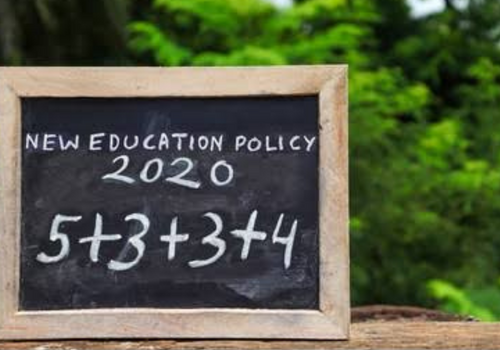
National Education Policy 2023
Motto : Educate, Encourage and Enlighten
Four Pillars of the Policy : Access, Equity, Quality, and Accountability
Aim of the Policy : 100% Youth and Adult Literacy
Launch Date : 29 July 2020
1.Aim Of New Education Policy
The Policy aims to shift focus from rote learning to well rounded holistic development of children and their character building.

- Curriculum content will be reduced in each subject to its core essentials, to make space for critical thinking and more holistic, discovery-based, discussion-based, and analysis-based learning.
- There will be no hard separation among ‘curricular’, ‘extra-curricular’, or ‘co-curricular’ areas, among ‘arts’, ‘humanities’, and ‘sciences’, or between ‘vocational’ or ‘academic’ streams.
- Topic-centered and project-based Clubs and Circles will be highly encouraged and supported at the levels of schools, school complexes, districts, and beyond.
2.Change in structure
The most attention-grabbing amendment in the NEP 2023 is the replacement of the 10+2 structure with the 5+3+3+4 structure.

In the new Pedagogical and Circular Structure, the government has subdivided the schooling of students into four parts.
- Foundation Stage- This stage begins from age 3 to 8 years in Anganwadi or Pre-school education and class 1 & 2 system. This system possesses only multi-level play activity, interactive school activity, and basic learning of literature and numerals.
- Preparatory Stage- 3 years from age 8 to 11. This stage includes class 3- class 5. This system will consist of the basic learning of all subjects and their activities.
- Middle Stage- 3 years from age 11 to 14. This stage includes class 6 – class 8. This system consists of the practical learning of arts, social activities, humanities, science, and mathematics with corresponding internships to experience the working environment in the described fields.
- Secondary Stage – 4 years from age 14 to 18. This stage includes class 9- class 12. This system consists of multidisciplinary education, Critical analysis and thinking, students’ choice of subjects, and expertise in it.
Contrary to the 10+2 structure, the 5+3+3+4 structure will strengthen the base of students from the foundational stage to the secondary stage.
This new structure will also help the Right to Education to be fully utilized by the students as it covers ages from 3 to 18 instead of 6 to 14.
3.Changes in Exams and Assessment
As discussed in the previous point, the focus will be on building a learning attitude. To achieve the same.

- The focus of assessment in our educational system will change from one that primarily evaluates rote memorization abilities to one that is more formative, more competency-based, supports learning and growth for our students, and evaluates higher-order abilities like analysis, critical thinking, and conceptual clarity.er skills, such as analysis, critical thinking, and conceptual clarity.
- Boards exams will function as usual.
- All students may have to take State School examinations in Grades 3, 5, and 8 in addition to Board Examinations in Grades 10 and 12.
However, at an implementation level we cannot be very sure of the weightage exams will get going forward.
4.Emphasis on promoting multilingualism and Indian languages
The policy has emphasized mother tongue/local language/regional language as the medium of instruction at least till Grade 5, but preferably till Grade 8 and beyond.
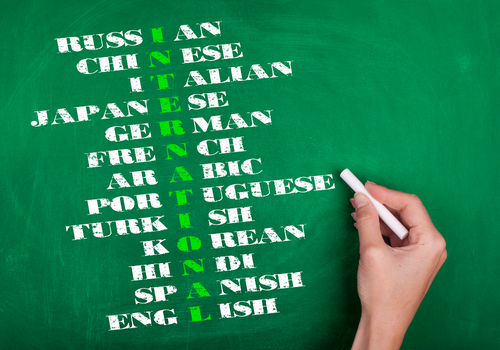
- Sanskrit to be offered at all levels of school and higher education as an option for students.
- Implementation of three language formulas.
- First language: It will be the mother tongue or regional language.
- Second language: In Hindi speaking states, it will be other modern Indian languages or English. In non-Hindi speaking states, it will be Hindi or English.
- Third Language: In Hindi speaking states, it will be English or a modern Indian language. In the non-Hindi speaking state, it will be English or a modern Indian language.
- Other classical languages and literatures of India will also be available as options.
- Several foreign languages will also be offered at the secondary level.
- No language will be imposed on any student.
- The decision to choose the medium and languages has been left to state education authorities.
5.Separation between subject streams to be blurred
As per NEP 2020, the rigid separations between subjects’ stream will be done away with. Students will have the liberty to choose subjects they would like to study across streams. Vocational education to be introduced in schools from Class 6 and will include internships as well.
6.A Single Overarching Body of Higher Education
With the exception of medical and legal education, Higher Education Commission of India (HECI) will now establish a single overarching umbrella body for the entirety of higher education.
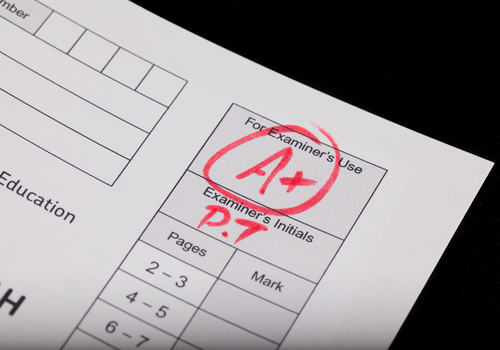
Both public and private higher education institutions must adhere to the same set of rules for governance, accreditation, and academic requirements.
7.The Return of the FYUP Programme and No More Dropouts
The duration of the undergraduate degree will be either 3 or 4 years. Students will also be given multiple exit options within this period.

If a student wants to leave after one year in a discipline or field, including vocational and professional fields, a college must award them a certificate, a diploma after two years, or a bachelor’s degree after finishing a three-year programme.
- An Academic Bank of Credit will be established by the Government for digitally storing academic credits earned from different Higher Educational Institutions so that these can be transferred and counted towards the final degree earned.
Hope this post helped you with your doubts around the policy. You can gain more information from here – https://www.google.com/url?sa=t&source=web&rct=j&url=https://www.education.gov.in/sites/upload_files/mhrd/files/NEP_Final_English_0.pdf&ved=2ahUKEwj3sfmF3vP9AhV87zgGHRVJC6kQFnoECBUQAQ&usg=AOvVaw2VOhw52WTOK6owxeeFXyay
If you have any more questions around NEP feel free to drop them in comments and we will try to answer them.
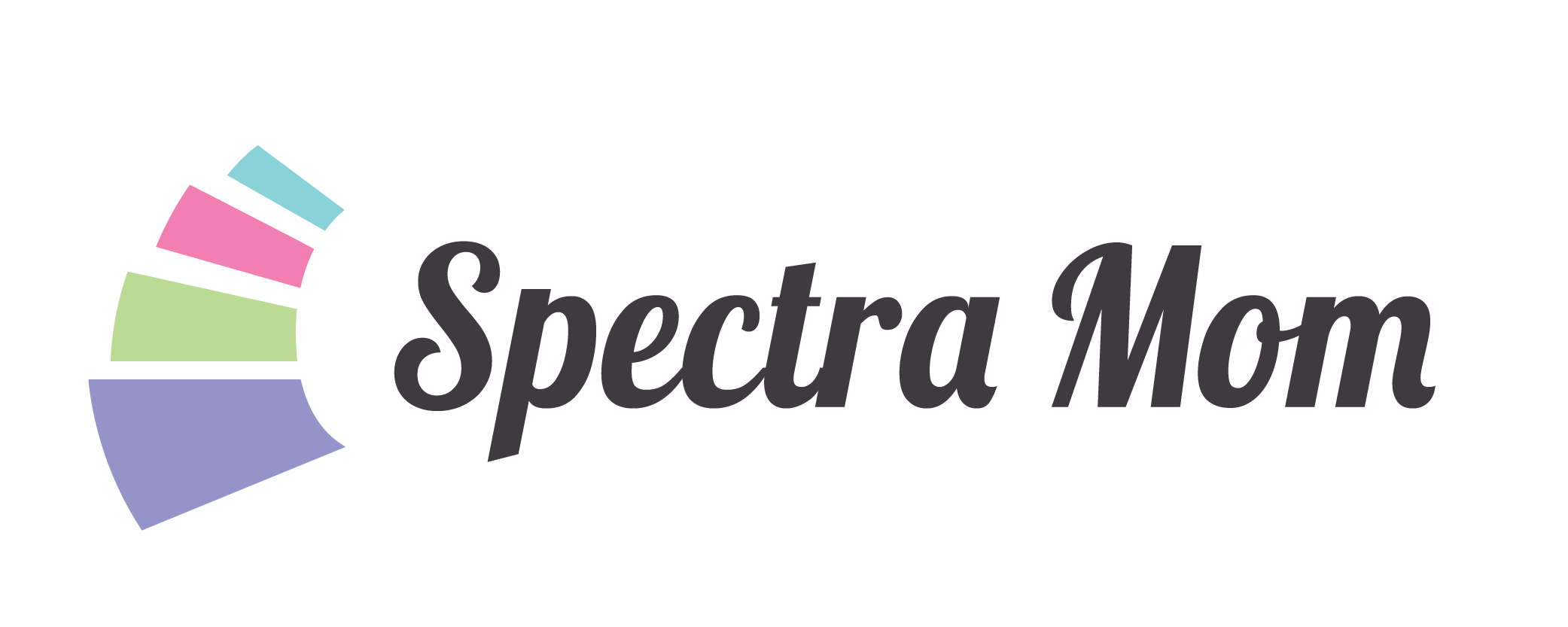
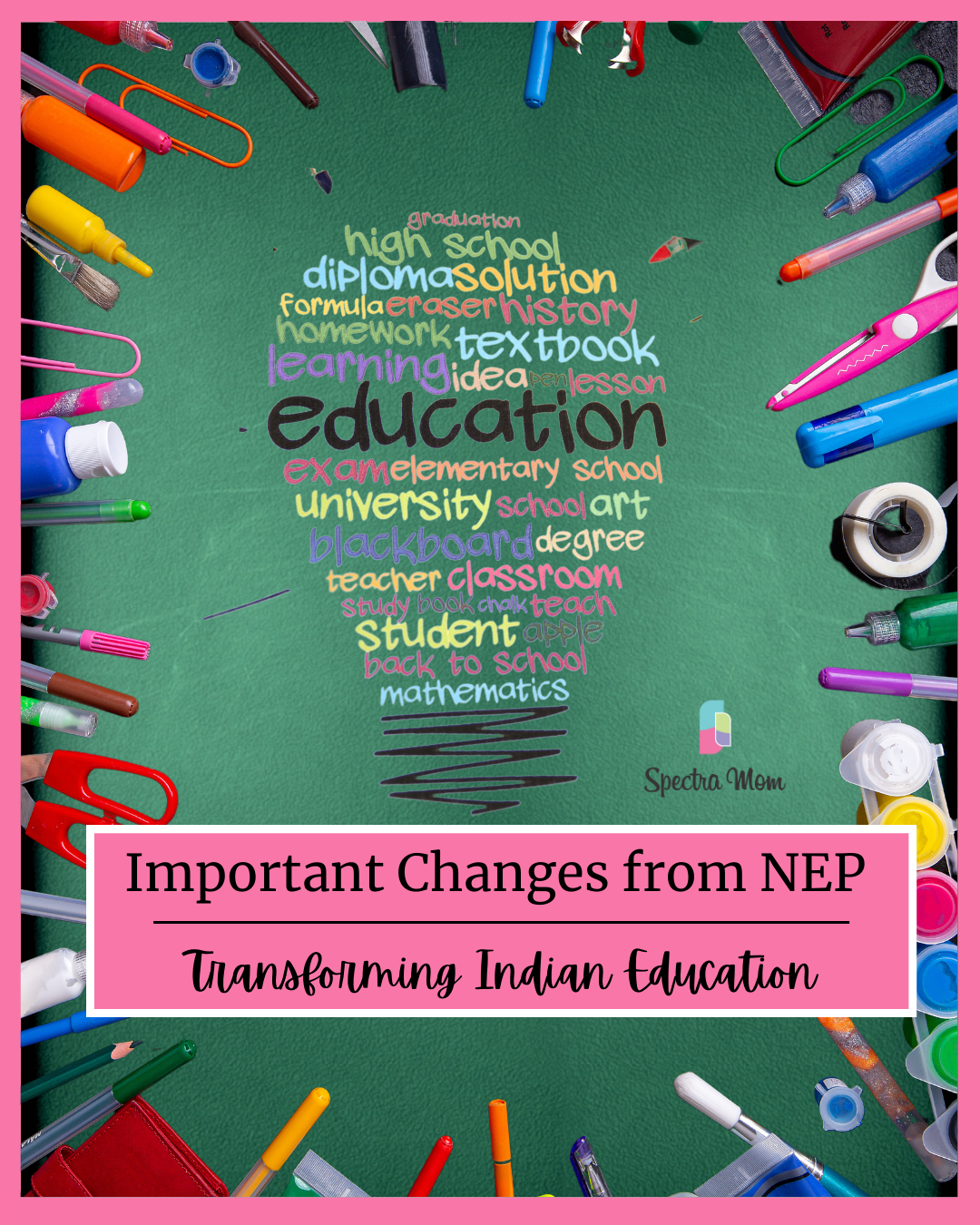
1 Comment
[…] If the New Education Policy, NEP (2020) is something you would like to read about do head over to my blog for FAQ’s on NEP https://www.spectramom.com/?p=511 […]